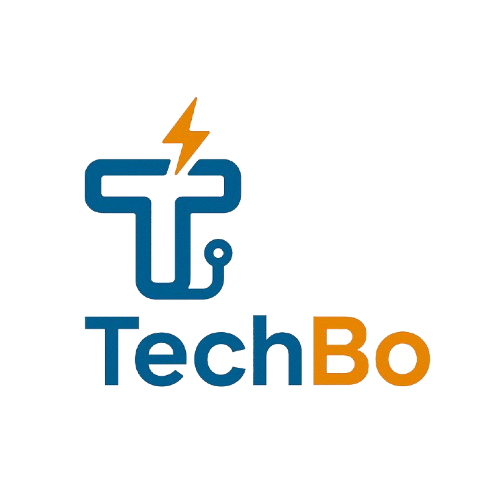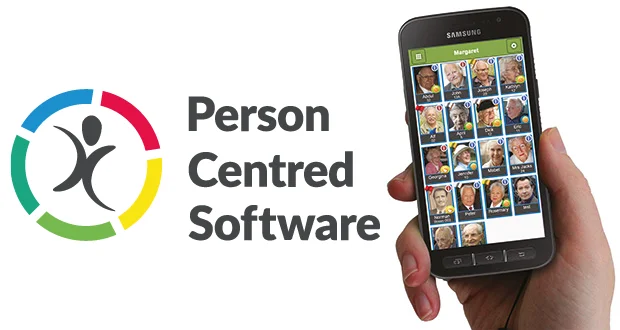Person Centred Software
Introduction
In the rapidly evolving digital landscape, software development has increasingly shifted toward a person-centred approach, prioritizing the needs, preferences, and experiences of users. Unlike traditional software design, which often focuses on functionality and technical efficiency, perso centred software (PCS) places human beings at the core of the development process. This paradigm ensures that technology serves people rather than forcing them to adapt to rigid, impersonal systems.
This paper explores the principles, benefits, challenges, and future directions of person-centred software. By examining real-world applications and theoretical foundations, we demonstrate how PCS enhances usability, accessibility, and overall user satisfaction.

1. Understanding Person Centred Software
1.1 Definition and Core Principles
Person-centred software is designed with a deep understanding of the end user’s needs, behaviours, and emotions. It aligns with human-centred design (HCD) principles, which include:
- Empathy: Understanding users’ pain points through research and engagement.
- Inclusivity: Ensuring accessibility for diverse user groups, including those with disabilities.
- Flexibility: Adapting to individual preferences rather than enforcing rigid workflows.
- Feedback Integration: Continuously refining software based on user input.
- Transparency: Providing clear, understandable interactions without hidden complexities.
1.2 Historical Context
The concept of person-centred design originates from humanistic psychology (Carl Rogers, 1950s) and participatory design (Scandinavian labour movements, 1970s). In software, early examples include Macintosh’s graphical user interface (GUI), which prioritized intuitive interactions over command-line complexity. Today, AI-driven personalization (e.g., recommendation systems) and adaptive interfaces (e.g., dark mode, dyslexia-friendly fonts) further advance PCS.
2. Key Features of Person Centred Software
2.1 Customization and Personalization
- User Profiles: Allowing individuals to tailor layouts, themes, and functionalities (e.g., WordPress dashboards, Notion workspaces).
- Adaptive Algorithms: Netflix and Spotify use machine learning to personalize content recommendations.
- Accessibility Options: Screen readers, voice control, and adjustable text sizes (e.g., Apple’s iOS accessibility features).
2.2 Intuitive User Experience (UX)
- Minimalist Design: Reducing cognitive load (e.g., Google’s search interface).
- Natural Language Processing (NLP): Chatbots like ChatGPT enable conversational interactions.
- Gesture-Based Controls: Smartphone swipes and pinch-to-zoom mimic real-world actions.
2.3 Emotional and Psychological Considerations
- Positive Reinforcement: Duolingo’s gamification encourages learning through rewards.
- Stress Reduction: Calm and Headspace apps use soothing visuals and sounds.
- Ethical Design: Avoiding dark patterns (e.g., manipulative subscription traps).
3. Benefits of Person Centred Software
3.1 Enhanced User Satisfaction
When software aligns with natural behaviours, users experience less frustration and higher engagement. For example:
- Slack’s intuitive messaging reduces workplace friction.
- Canva’s drag-and-drop editor democratizes design for non-experts.
3.2 Increased Accessibility
PCS ensures inclusivity for:
- People with disabilities (e.g., Microsoft’s Seeing AI for the visually impaired).
- Elderly users (simplified interfaces like GrandPad tablets).
- Non-native speakers (Google Translate’s real-time translation).
3.3 Business Advantages
- Higher Retention: Satisfied users are less likely to abandon software.
- Brand Loyalty: Companies like Apple thrive on user-centric reputations.
- Competitive Edge: Startups like Notion disrupt markets by prioritizing UX.

4. Challenges in Developing Person Centred Software
4.1 Balancing Personalization and Privacy
- Data Security: Personalization requires user data, raising GDPR/CCPA concerns.
- Over-Personalization: Excessive customization can feel invasive (e.g., targeted ads).
4.2 Technical and Resource Constraints
- Development Costs: Adaptive interfaces require extensive testing.
- Scalability: Maintaining consistency across devices and updates.
4.3 Avoiding Bias in AI-Driven PCS
- Algorithmic Discrimination: Facial recognition software has faced racial bias accusations.
- Echo Chambers: Over-personalized feeds (e.g., Facebook) may limit diverse perspectives.
5. Future Directions for Person Centred Software
5.1 AI and Hyper-Personalization
- Predictive Assistance: Anticipating user needs (e.g., Google Assistant suggesting calendar events).
- Emotion-Aware Systems: Affectiva’s AI detects user emotions for tailored responses.
5.2 Ethical and Inclusive Design Movements
- Open-Source Accessibility Tools: Community-driven solutions (e.g., NVDA screen reader).
- Regulatory Standards: Governments enforcing accessibility compliance (e.g., WCAG).
5.3 Decentralized and User-Controlled Software
- Self-Sovereign Identity (SSI): Users own their data (e.g., blockchain-based logins).
- End-User Programming: No-code platforms (e.g., Airtable) let non-developers customize tools.
Conclusion
Person centred software represents a paradigm shift from technology-driven to human-driven design. By prioritizing empathy, accessibility, and adaptability, PCS enhances both individual experiences and societal inclusivity. While challenges like privacy concerns and algorithmic bias persist, advancements in AI, ethical design, and decentralized systems promise a future where software truly serves humanity.
As developers, designers, and policymakers collaborate, the evolution of person-centred software will continue to redefine our digital interactions—making technology not just functional, but meaningful and empowering for all.

